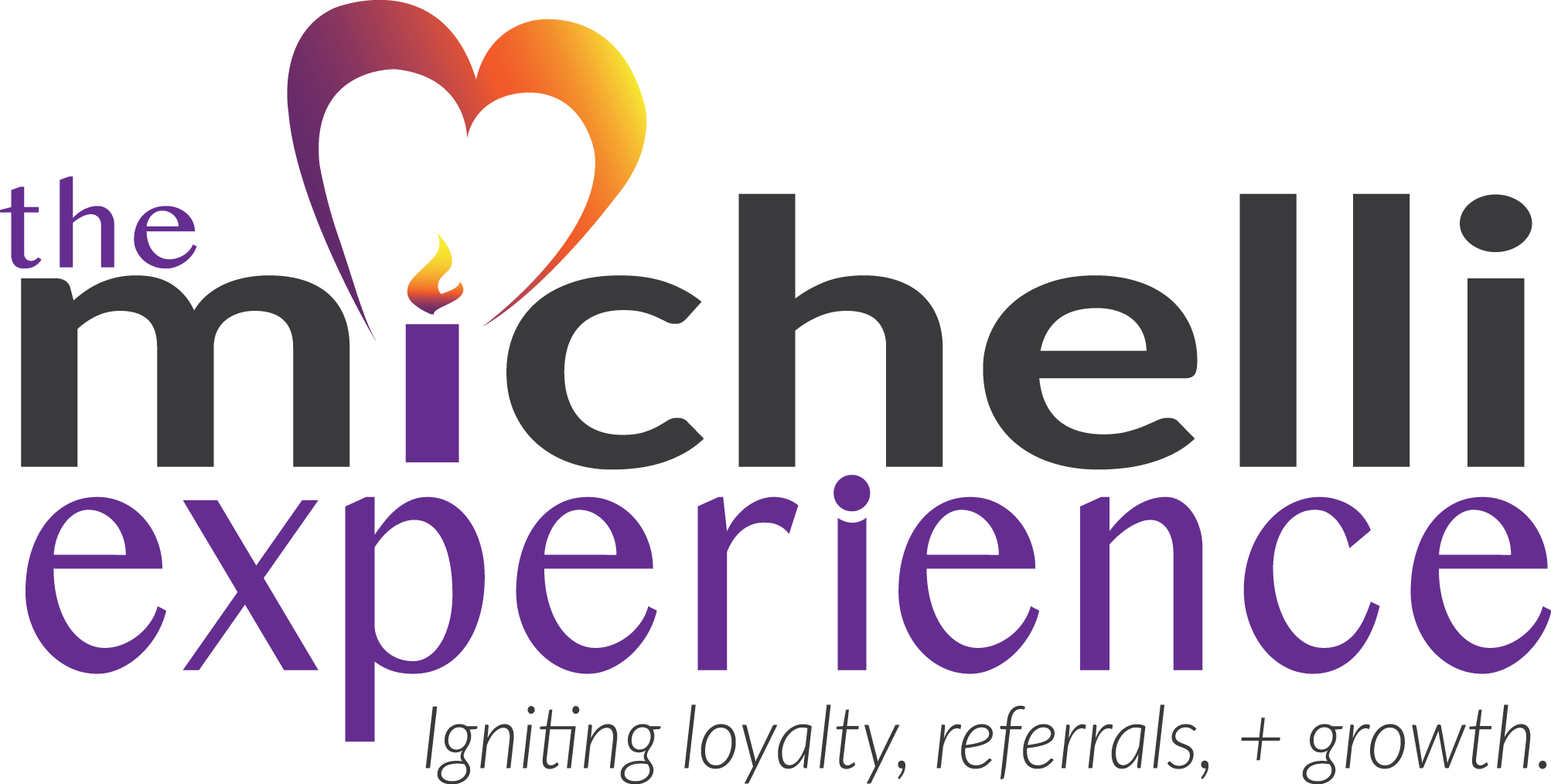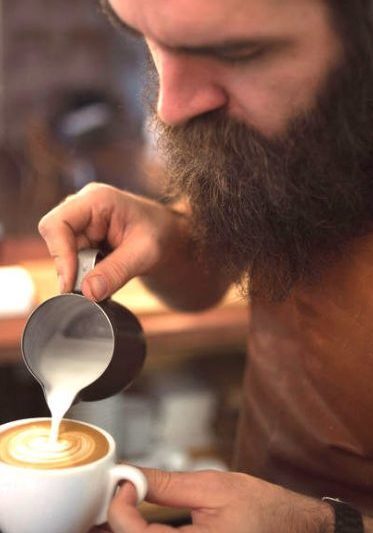There is a fine line between disinterest and inquisition!
You know what I am talking about – some brands are solely focused on themselves and not on their customers. Leaders at those companies drive a business freight train down the track at their customers with seemingly no interest in what customers think or feel about the oncoming train.
On the other hand, some businesses seemingly “overask” for customers’ input. Essentially, these companies leave customers thinking, “I am tired of being asked to fill out your surveys.” Or, “I am your customer not a member of your business development team.”
In an article for Bloomberg Technology, Fred Reichheld (whose work at Bain and Company has resulted in widespread use of Net Promoter Score® surveying methodology) notes he is also survey fatigued. As such, it is important to remember that the art of customer listening emulates a lesson from the children’s story Goldilocks and the Three Bears. Soliciting customer feedback can be too much, too little, or just right.
Listening In Many Forms
Part of the art of listening is to realize you can do it with your eyes as well as your ears! Don’t think that the only way to gain feedback from customers is by asking them to answer a survey. In fact, sometimes the data you get from asking for input is quite different from what you get by observing.
For example, I was consulting for a major international jewelry brand. We were prototyping changes in store design, merchandising strategy, and sales approach. We wanted to see if we could create a more relevant experience in certain markets which in turn would increase conversion rates (the number of people who make purchase relative to the number of people who enter the store), units per transaction, and overall sales.
Since focus group data (a form of customer listening) suggested that customers in those regions wanted to “touch and hold” more items in the store, we took some of the jewelry that was locked away “under glass” and placed it above the counters on “spinning” displays. We then interviewed customers (some who had shopped in the newly configured stores and some who shopped the traditional store design). We asked customers to share their perceptions of the opportunities they had to touch jewelry items independently and if they, in fact, had touched any jewelry while in the store.
In addition to asking, we had trained observers record the actions of those customers in both store settings. As is frequently the case, customers in the stores with the “spinners” did not report increased opportunities or actual touching of products. However, observational data showed that those customers were touching the spinners and that conversion rates, units, and sales increased in the revised store design.
The moral of the story is that what customers tell you in self-report is important but sometimes what matters most lives below conscious awareness. For a detailed outline of diverse methods of customer feedback solicitation, such as usability studies and website analytics, you might want to read this HelpScout article.
The Risk of Overlistening and the Role of Technology
Customers come to your business to get their needs met as easily as possible and in a way that is memorable or delightful to them. The purpose of gaining feedback from customers is to improve needs fulfillment, ease, or delight. Unfortunately, the very process of asking customers about their experience typically falls outside the reasons they came to you in the first place. A survey doesn’t address their immediate needs (it might affect future needs). Surveying adds a step in their experience (making it more effortful), and few surveys are a source of delight.
Increasingly biometric type measures and other technologies are being deployed to remove the unpleasantries of feedback collection and in fact to make data collection silent to the consumer.
Let me give you an example from one of my product lines. As someone whose livelihood depends in part on presenting live content before large audiences, I want to know that my information and presentation style is connecting with those I am there to serve. So how can a speaker like myself unobtrusively garner feedback from an audience (beyond looking for attentive gazes and nodding heads)? Enter Mohammed Ghassemi and colleagues from MIT, who have developed an audience feedback app. Writing in an article for Oratorio, Bill Connor describes the application:
It works like this: give the speaker and the audience members Apple Watches or Samsung Gears or similar devices that can communicate with each other, and the app … can transmit physiological information from the audience that can tell the speaker whether she’s on track or off the rails.
In the article, Mohammed Ghassemi adds:
We’ve found in our research that there are telltale signs of the physiological response of the individual that show whether they’re having a good time or not…They’ll get more fluctuations in their heart rate, their skin conductivity will increase a little. Things like this will give the speaker a sign about whether your audience cares about what you’re saying or not.”
While I am not sure that I could track this type of data in real-time and make appropriate course corrections while standing on the stage, this information (obtained unobtrusively) could help streamline content for similar future audiences.
Back at You
As you think about your customer feedback strategies are they too large, too small, or just right? More importantly, how do you know if you are getting meaningful information that is helping customers get their needs met as easily as possible and in a pleasurable way? Are you listening regularly and with minimal intrusion? Finally, are you listening with your ears, eyes, and, if appropriate, with technology?

Joseph A. Michelli, Ph.D. is a professional speaker and chief experience officer at The Michelli Experience. A New York Times #1 bestselling author, Dr. Michelli and his team consult with some of the world’s best customer experience companies.
Follow on Twitter: @josephmichelli





